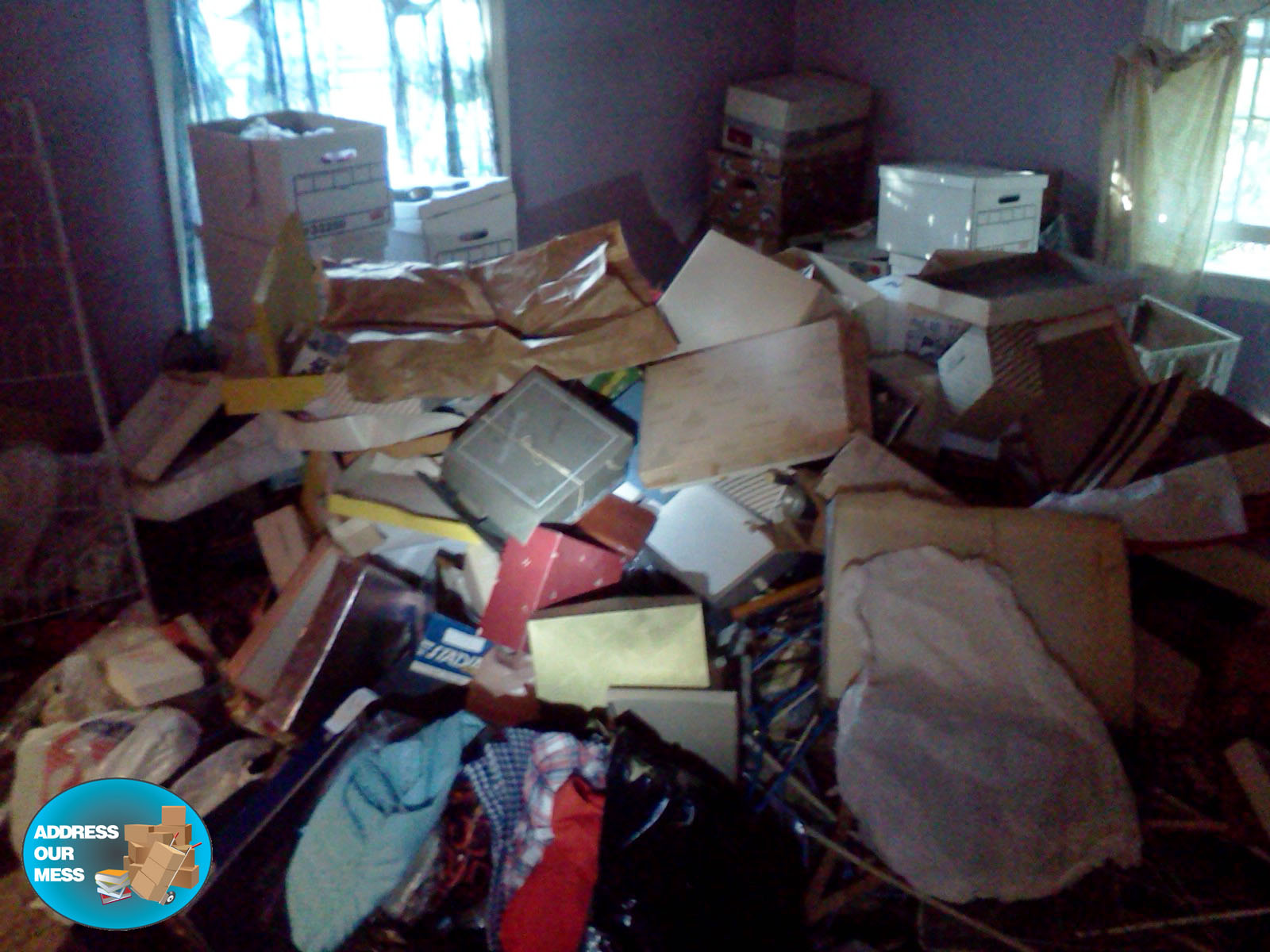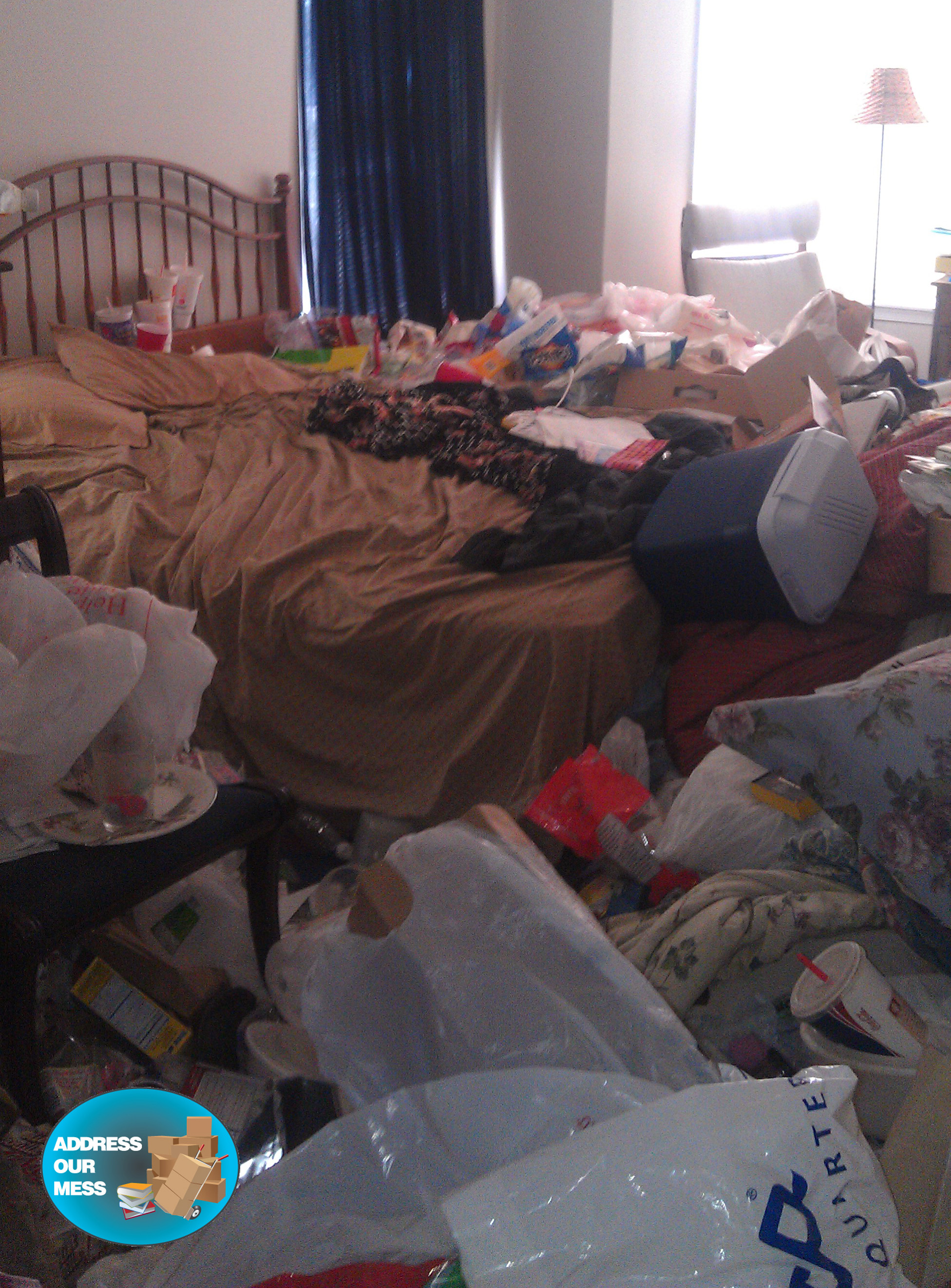Here are five ways to help a hoarder or your loved one who may be need hoarding cleaning.
1. Build a Bond of Trust and Respect
Trust and respect should be at the very foundation of any hoarding recovery process. If someone who is struggling with the hoarding condition is not comfortable with their helpers, the project will end before it starts. Getting on the same page with a hoarder is the only way that all parties could learn to fully understand the gravity of the situation.
2. DO NOT Pass Judgment or Lose Tempers
The reaction of many who come into contact with a hoarder’s home for the first time is criticism. Some may let out a condescending laugh, some may cry, others may begin to unleash a verbal tirade traumatizing enough to ensure they will never be invited back again.
 A hoarder’s invitation into their home should not be taken for granted. Helpers must realize that the hoarder more than likely struggled with making the decision to invite someone to their home. This invitation should be cherished and treasured. Helpers should show appreciation for the invite, not offer criticism about a problem the hoarder already knows exists.
A hoarder’s invitation into their home should not be taken for granted. Helpers must realize that the hoarder more than likely struggled with making the decision to invite someone to their home. This invitation should be cherished and treasured. Helpers should show appreciation for the invite, not offer criticism about a problem the hoarder already knows exists.
Before helpers even enter the home, they should expect the very worst. While it tends to be extremely shocking that friends or loved ones may be living in a hoarding condition, it is important for them to feel that you are not there to judge them. Though they may not express it in their actions or words, hoarders live in perpetual judgment of themselves every day.
A hoarder’s invitation into their home is an invitation to their trust whether they are searching for clutter cleaning or not. Treat this invitation with delicacy to achieve success.
3. Allow the Hoarder to Maintain a Sense of Control
Helpers should never enter a hoarder’s home with the intention of throwing away every single item in site. A hoarder’s emotional attachment to their possessions is widely misunderstood. In many cases, their belongings are regularly mistreated when they ask for help. Part of maintaining that bond of trust and respect is understanding the emotional attachment to each individual item.
Time must be invested in learning why they have chosen to keep these items. By understanding the psychology behind it, the easier the organizing and sorting process becomes. It becomes much easier for a helper to explain to a hoarder why an item can stay in the home, can be donated to a charity, or why it has to be thrown in the garbage if they can relate to the emotion attached to the item.
The hoarder must feel a sense of control during the project. The minute they feel that their beloved possessions have fallen into the hands of someone else is the same minute the project comes to a halt. In the case of animal hoarding clean up, be sure to treat their pets with the same love and respect as the hoarder would. Allow them time to process the fate of their belongings while encouraging trash and biohazards to be removed, unused items to be donated, and keepsakes and treasures to be properly displayed or organized.
4. Gather Reputable Resources
It is easy for people struggling with the hoarding situation to be taken advantage of. As a helper, it is important to gather as many reputable and honest resources as possible to protect the interests and the property of a hoarder.
 The first step to learn about hoarding recovery understanding that sanitizing the home creates and ideal, healthy, livable space. Because certain biohazards and structural damages can occur due to years of neglect in a hoarded home, typical cleaning services and general contractors are typically not equipped to handle a hoarding situation.
The first step to learn about hoarding recovery understanding that sanitizing the home creates and ideal, healthy, livable space. Because certain biohazards and structural damages can occur due to years of neglect in a hoarded home, typical cleaning services and general contractors are typically not equipped to handle a hoarding situation.
It is wise to research the best hoarding clean up company available. A reputable service will be certified, highly-trained, insured, and bonded to protect the hoarder, the hoarder’s property, and themselves. Inherently, a professional company will be more empathetic with the hoarder and provide a detailed, intimate, and non-judgmental environment for the project to take place in. Each item in the hoarder’s home will be treated with respect and care, whether it is to be thrown away or restored and displayed in the home.
5. Grow a Personal Relationship Built on the Foundation of Trust and Respect Your Created
Hoarders will tend to turn to close friends or family for help. The hoarding condition causes a great rift in relationships. Parents become estranged from children, best friends go decades without seeing one another, and other loved ones may feel that the person they care for has grown painfully distant.
No matter how much time has passed or how many times feelings have been hurt, the care felt for a loved one never goes away. When a hoarder who has distanced themselves socially finally works up the courage to ask for help, the most strained relationship can be mended with the right amount of kindness and love.
After the hoarding recovery project has begun, and the deep cleaning process has been handled, it is important to remember that recovery is an ongoing process that must be nurtured and kept track of in order for success to fully take hold. Never feel that it is a setback to refer to some of the hoarding FAQs for answers, even long after the initial phase of the project has ended.
Keeping a close relationship with the person is key to making sure they remain at peace with their new healthy lifestyle as well as helping them maintain the responsibility of keeping their home clean, sanitary, and healthy.